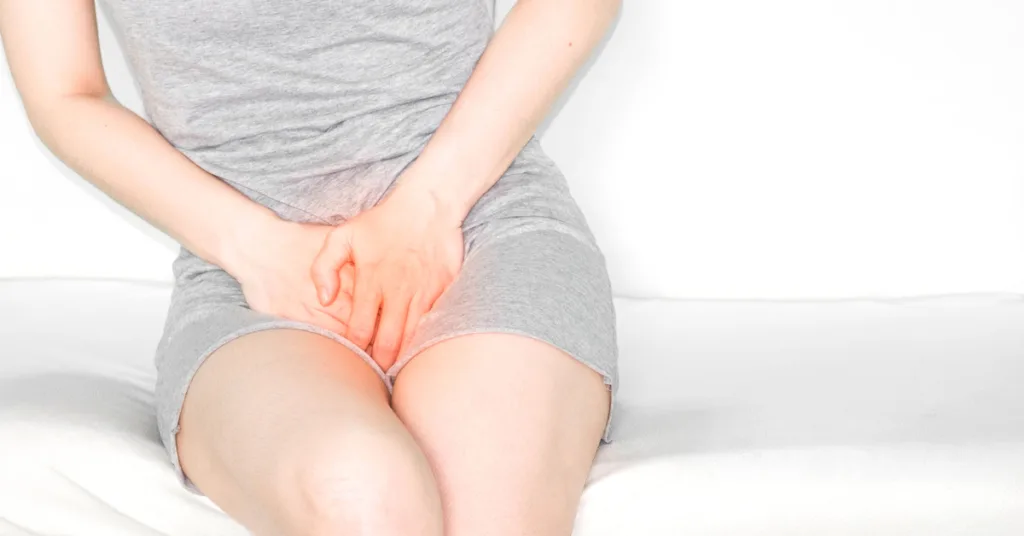
The pelvic floor muscles are located between the tailbone (coccyx) and the pubic bone within the pelvis. They support the bowel and bladder (as well as the uterus and vagina in females).
Muscular bands (sphincters) encircle the urethra, vagina and anus as they pass through the pelvic floor. When the pelvic floor muscles are contracted, the internal organs are lifted and the sphincters tighten the openings of the vagina, anus and urethra. Relaxing the pelvic floor can allow for easy passage of urine and faeces. The pelvic floor muscles are very important in sexual function with a relaxation/ contraction combination allowing fun and pleasureable sex.
If your pelvic floor muscles are not functioning well, the internal organs will lack full support. This may stop you from being able to control your urine, faeces or wind.
Common causes of a weakened pelvic floor include pregnancy, childbirth, prostate cancer treatment in males, obesity and the associated straining of chronic constipation.
he symptoms of a pelvic floor dysfunction include:
leaking urine when coughing, sneezing, laughing or running
passing wind from either the anus or vagina when bending over or lifting
reduced sensation in the vagina
tampons that dislodge or fall out
a distinct bulge at the vaginal opening
a sensation of heaviness in the vagina
a heaviness or dragging in the pelvis or back
recurrent urinary tract infections, or recurrent thrush
vulval pain, pain with sex, inability to orgasm
Pelvic floor exercises

Pelvic foor musde rehabilitation cushion * 1
Ergonomic design,designed according tothe human body curve,comfortable support. Slightly low front and high back design,the hips are lifted up,the legs are comfortableand the inclined surface is comfprtable.
- Pelvic floor muscle exercise
- Postpartum recovery
- Vaginal tightening
- No need to undress





